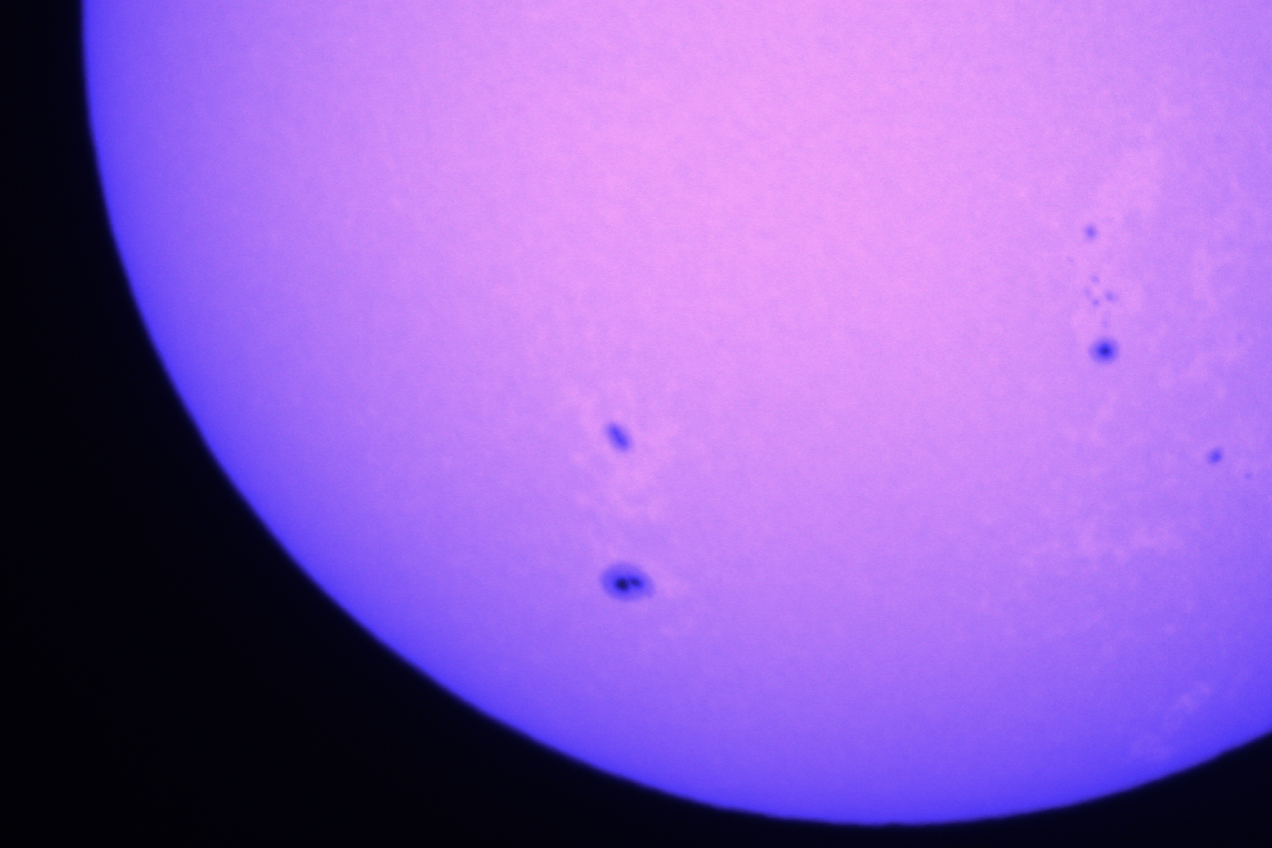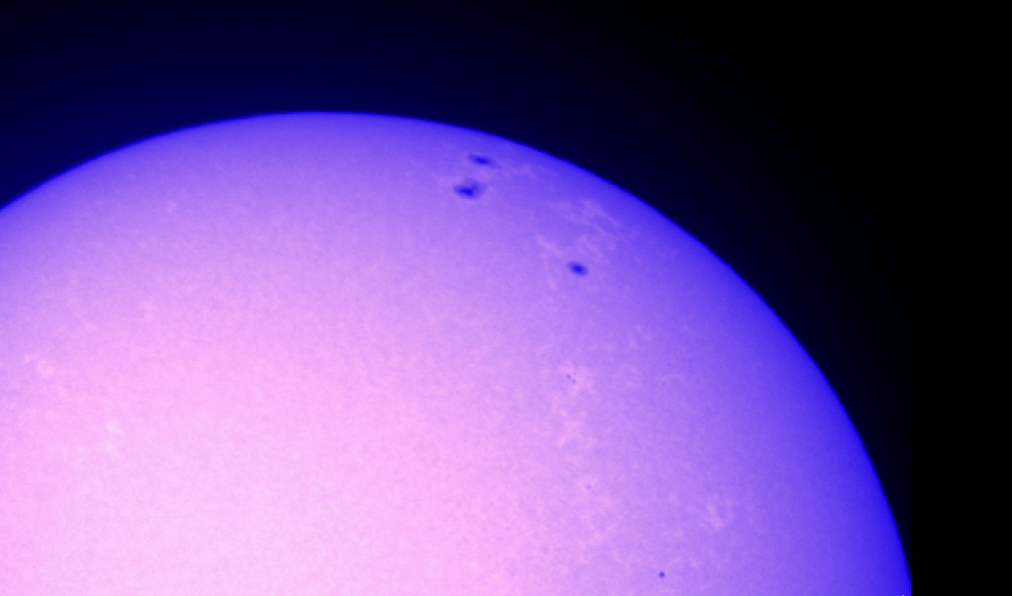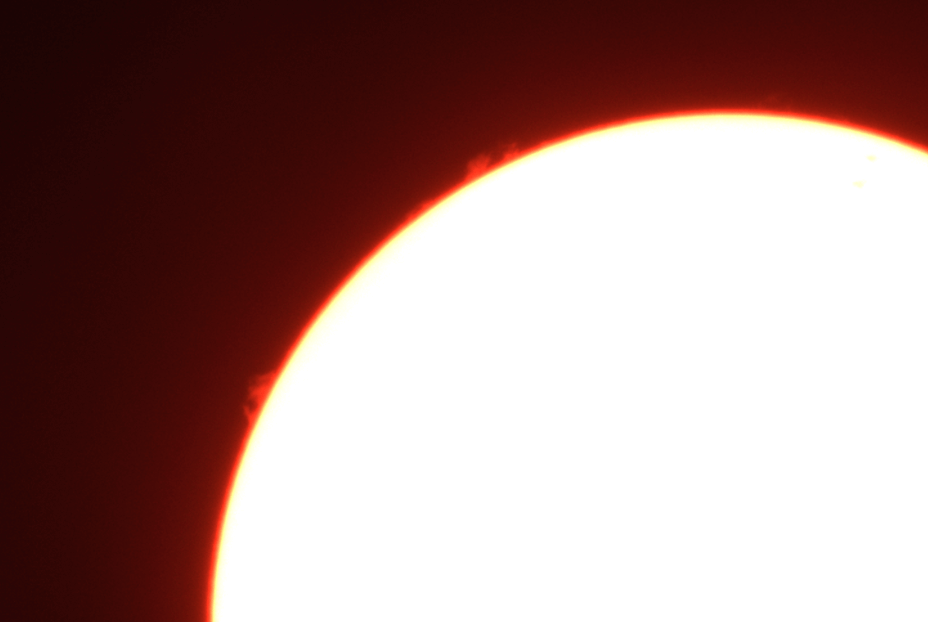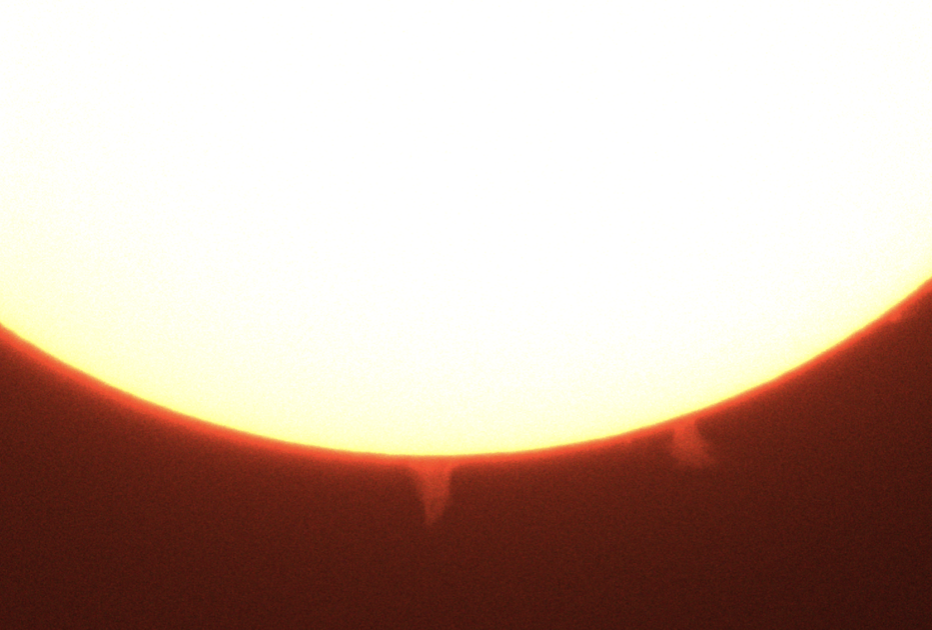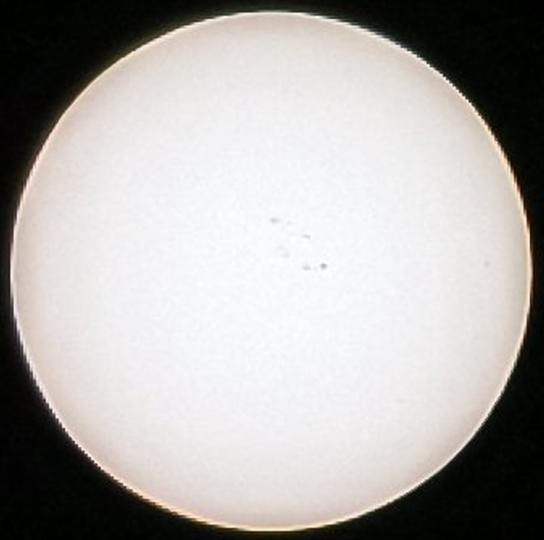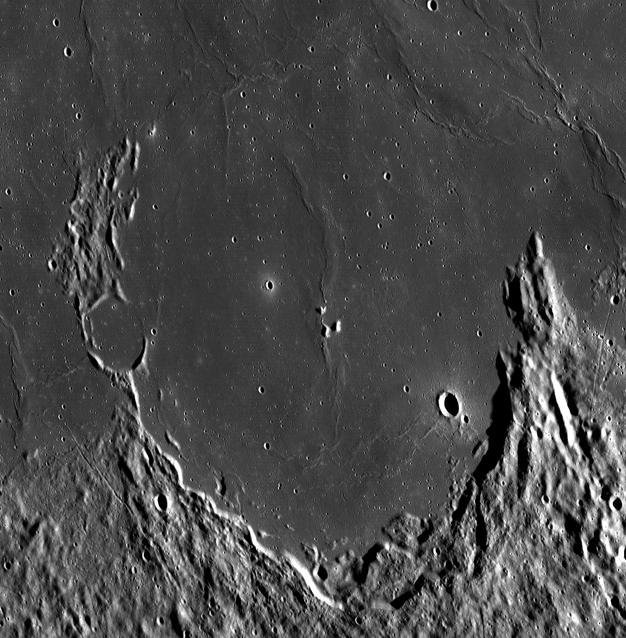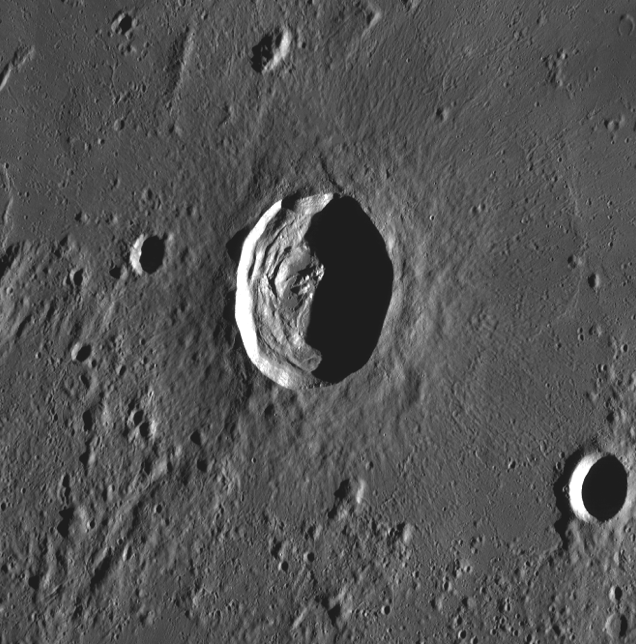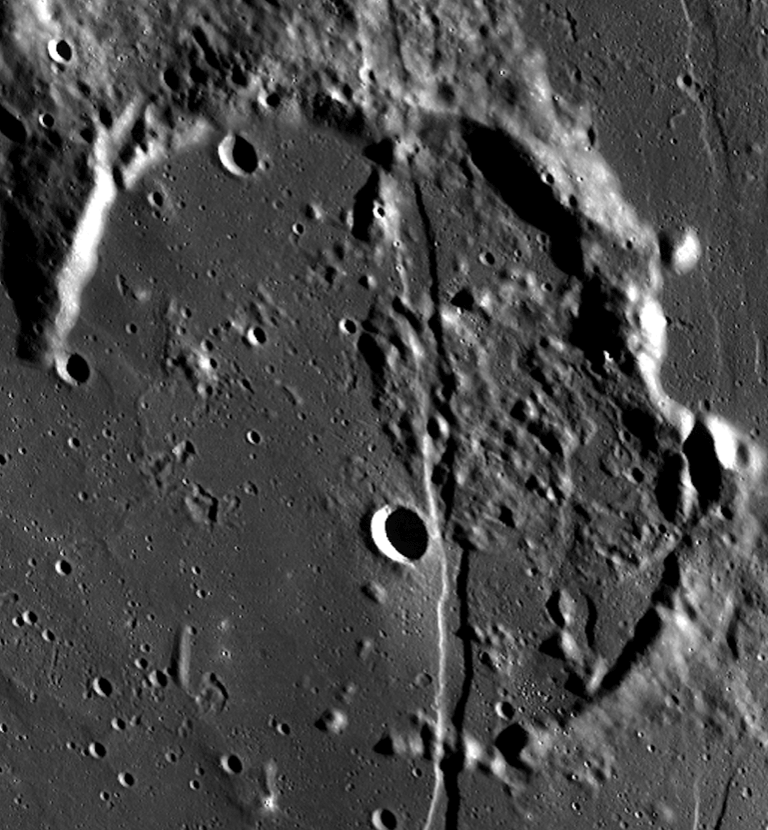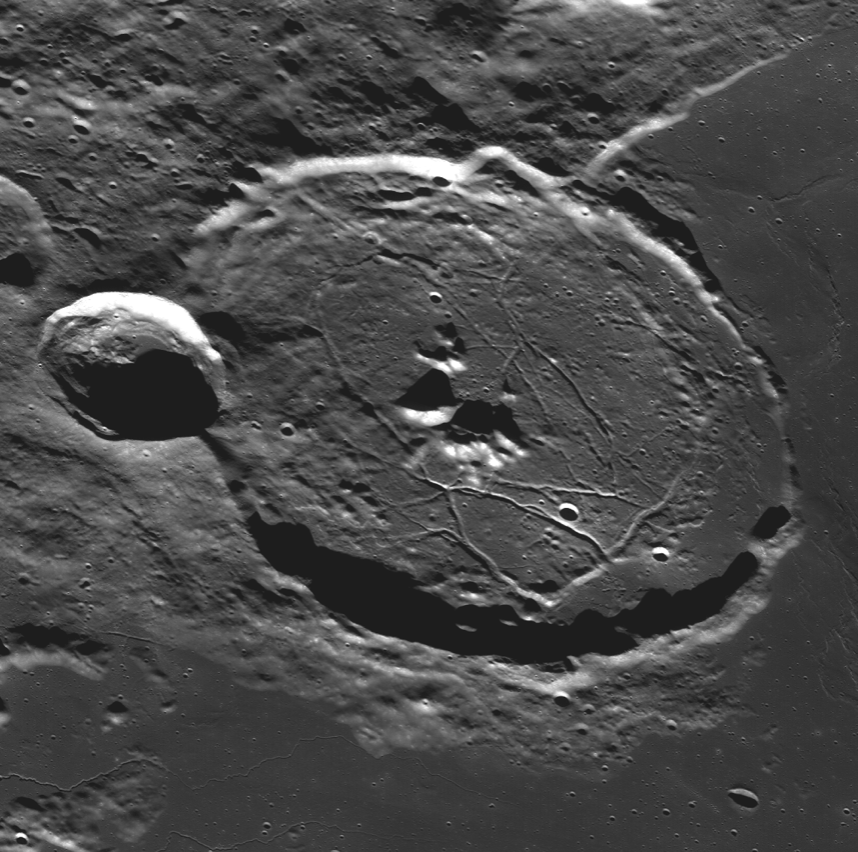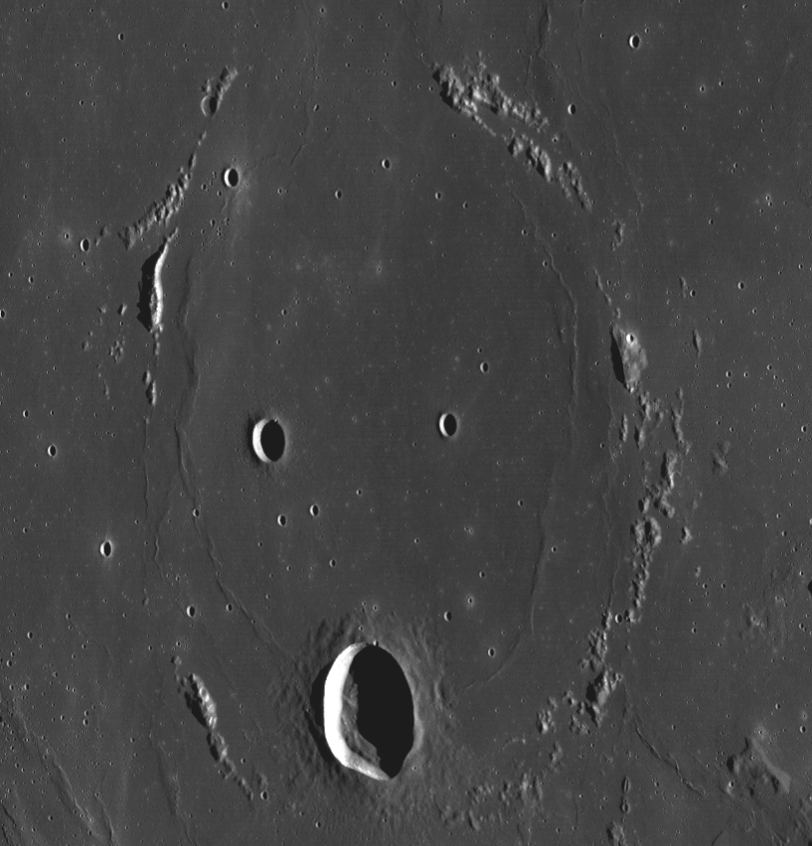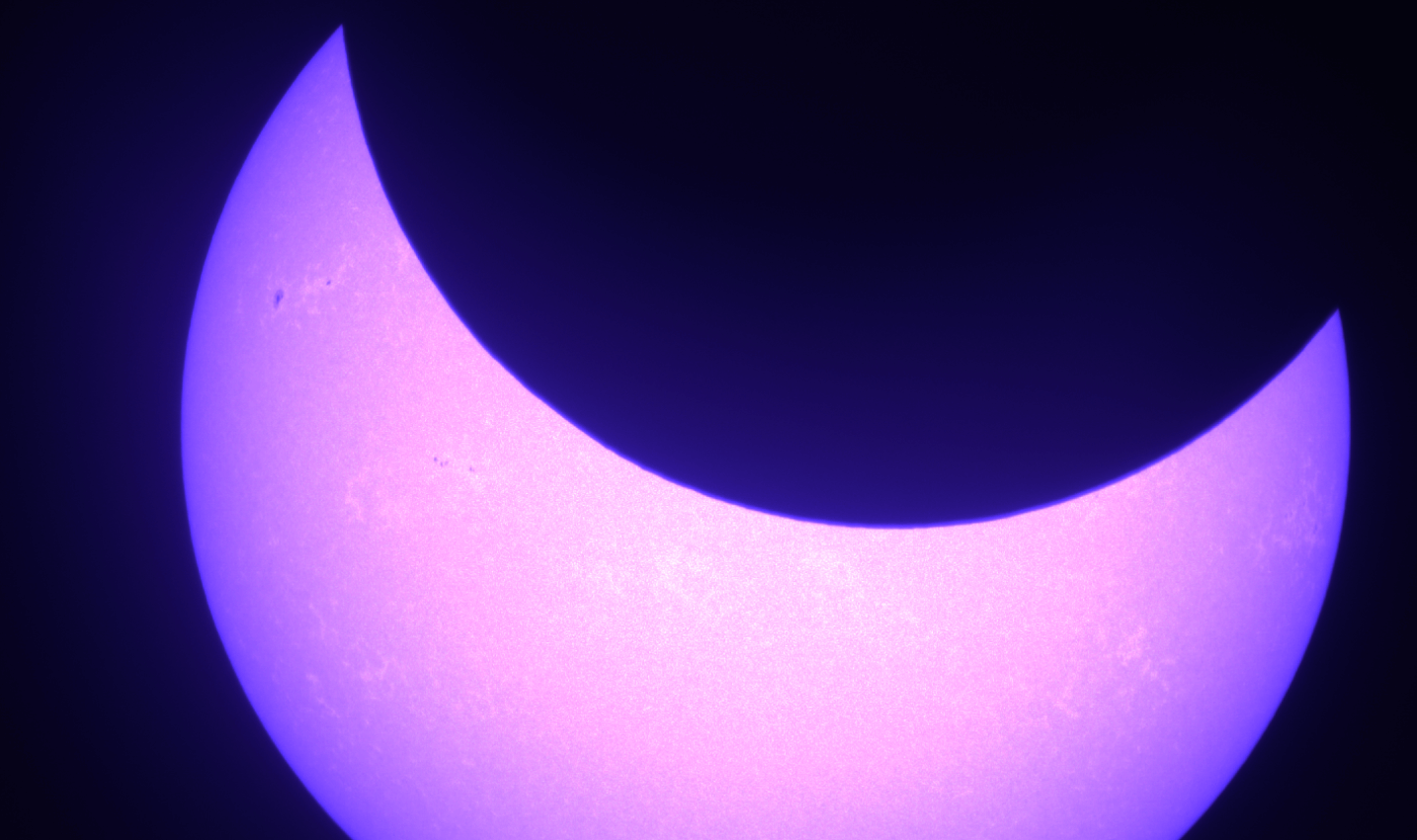
SOLAR

Never, ever look directly at the sun, because it can hurt your eyes and damage your vision forever!
Calcium Filter
A calcium filter enables astronomers to study the Sun’s chromosome and photosphere, highlighting features such as calcium ion emission lines, facilitating observations of solar flares, active regions, and magnetic structures.
H a (Hydrogen Alpha) Filter
A hydrogen-alpha filter allows astronomers to observe the Sun’s chromosphere, revealing solar prominences, filaments, and other features primarily emitting light at the hydrogen-alpha wavelength of 656.28 nanometers.
White Filter
White filters for viewing the sun serve as essential protective barriers, allowing safe observation of solar phenomena by attenuating harmful wavelengths while preserving visual clarity.
ADDRESS
- 4801 Dreher Trail N, West Palm Beach, FL 33405
STAY UP TO DATE
© 2025 All Right Reserved. Marmot Observatory. Privacy Policy.

